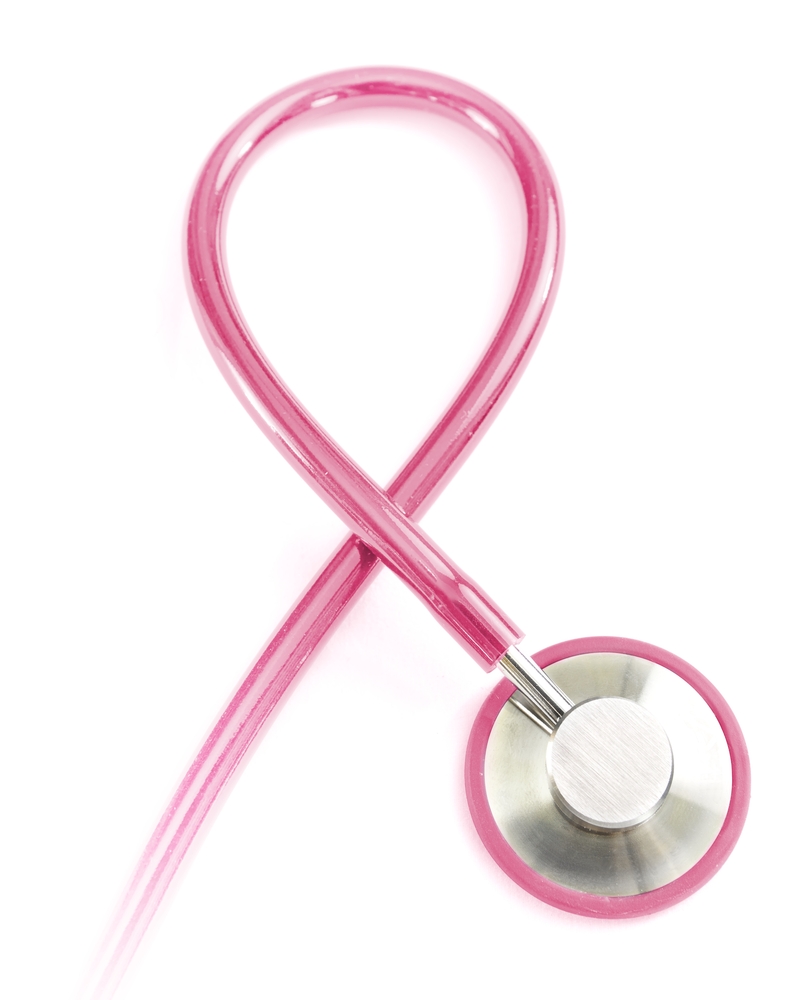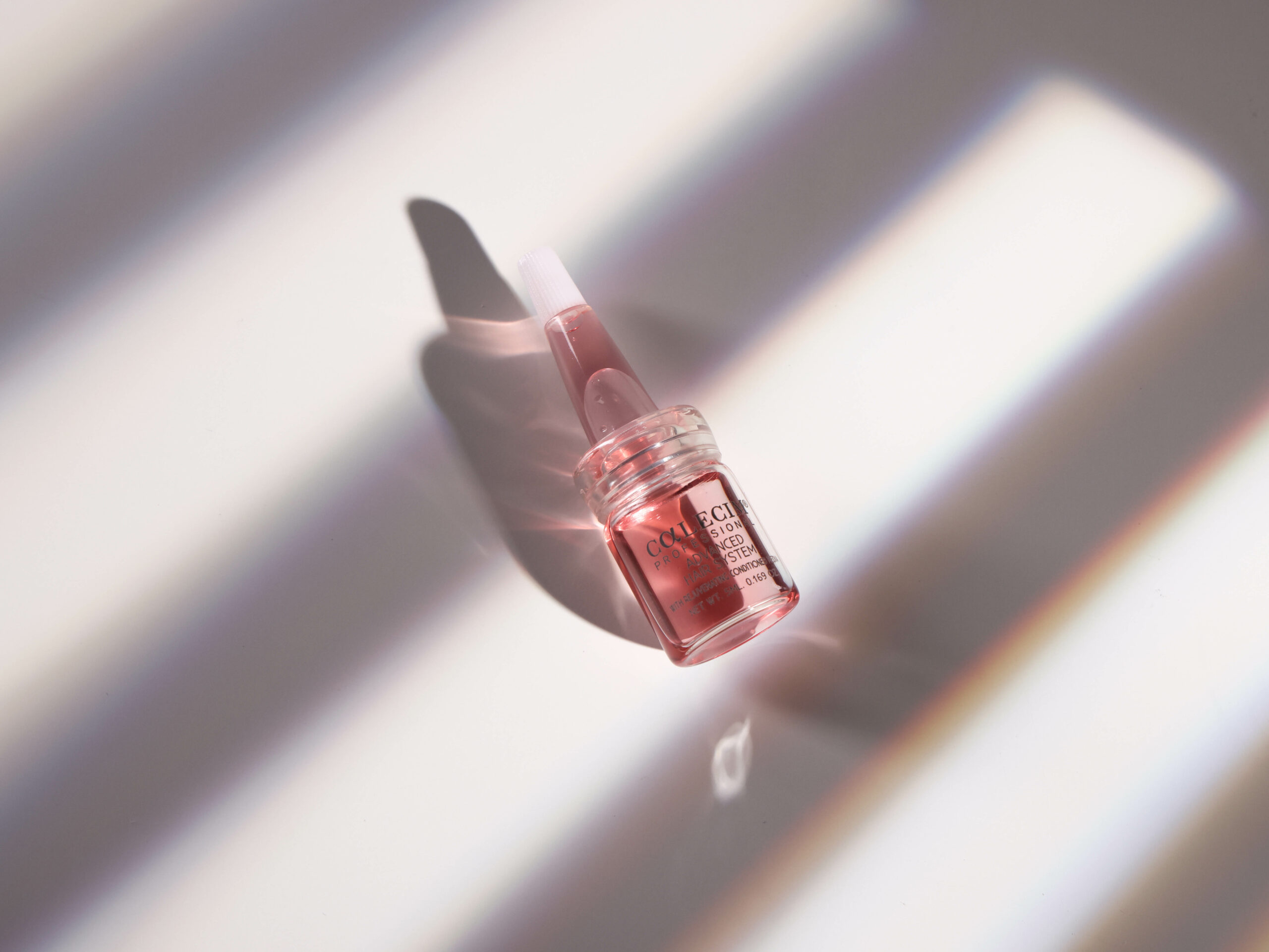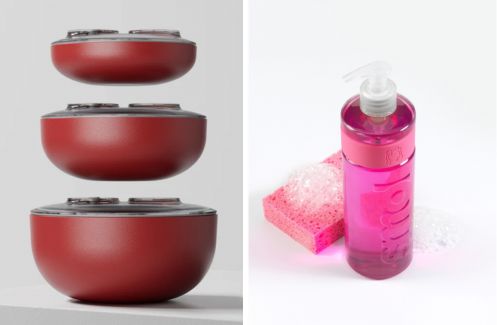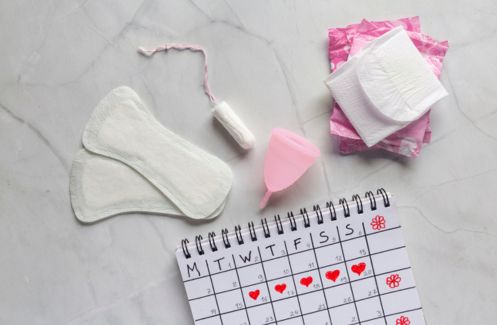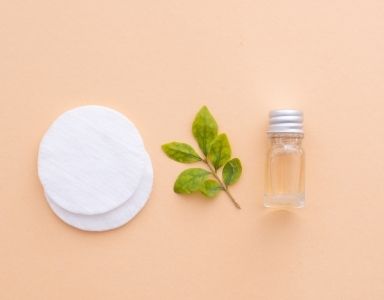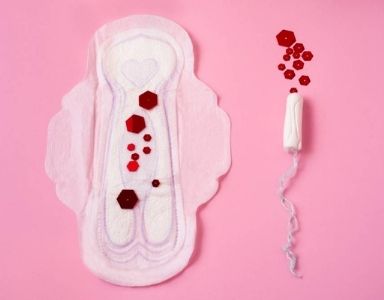By 2030 almost 200,000 lives could be saved from breast cancer if a greater focus is put on key areas of scientific research, says a leading charity
The charity Breast Cancer Campaign has funded research looking at ten key ‘research gaps’ that if focused on in the next 40 years could overcome breast cancer.
The main concern, they said was finding out the ways breast cancer forms and is spread.
Additional areas of research the charity would like renewed focus on include:
- Understanding how genes lead to the development of breast cancer
- Lifestyle changes such as diet and exercise that can reduce breast cancer risk
- More targeted breast screening
- The development of tests that predict how well patients will respond to chemotherapy and radiotherapy.
Though 50,000 women are diagnosed with breast cancer each year, survival rates for breast cancer have improved dramatically in the last few decades, says Professor Alastair Thompson, an oncologist specialising in breast cancer at the University of Dundee.
’25 years ago 60 per cent of women with breast cancer would survive five years,’ he explains.
‘Ten years ago around 70 per cent of women reached five years survival.
‘Now with breakthroughs such as the discovery of the gene HER-2 and the drug Herceptin that in the last ten years has become routinely used in the treatment of breast cancer, almost 90 per cent of women diagnosed with breast cancer are surviving five years after diagnosis.
’20 years ago we had Tamoxifen to treat breast cancers that were estrogen dependent but there wasn’t much knowledge about other anti-hormone medications,’ says Professor Thompson.
‘Some of the more recent medications are more powerful and effective so that if someone is on Tamoxifen and the disease comes back we now have alternatives that will attack the cancer in a different way to what we had 20 years ago.’
But much still needs be done, he says. Breast cancer is still the second biggest cause of death from cancer in women with our around 12,000 losing their lives from the disease each year.
‘Now we need to apply the knowledge we have to refine treatments for patients to improve individualisation of treatments and bring the death rate down further’.
This is the second time Breast Cancer Campaign have analysed the gaps in research that need to be filled in order for breast cancer treatment to save more lives.
In 2008, the charity funded their first Gap Analysis which resulted in the creation of a Breast Cancer Tissue Bank, the UK’s first ever national tissue bank that collects tissue samples from breast cancer patients.
The tissue bank is a world first allowing access to crucial tissue required by breast cancer researchers all over the world (see video above).
Professor Sue Eccles, co-author of the new gap analysis at The Institute of Cancer Research London said: ‘We’ve known for some time that breast cancer isn’t just one disease but our understanding has increased enormously in the five years since the first gap analysis of 2008.
‘We now know breast cancer cells have different characteristics, even within the same tumour, and these can change over time. This makes it much more complex to research and is why we need to get the data and tissue samples to advance our research knowledge.’
‘I would like to see death from breast cancer being the exception in the next 20 years,’ says Professor Thompson.
‘I’m confident that with the changes Breast Cancer Campaign have outlined in their gap analysis put into place, well over 90 per cent of breast cancer patients will be surviving for ten years or more.’
BREAST CANCER: THE FUTURE
Hearteningly, Breast Cancer campaign believe that increased focus on their key areas of research could bring changes that could save the lives of 185,000 women by 2030. Specifically they predict:
By 2020 Doctors will be able to reduce the number of people whose tumours return by 25 per cent.
By 2025 Improved screening will prevent 20 per cent of all breast cancers by precisely predicting our individual breast cancer risk. Nearly two thirds of all breast cancers will be diagnosed before they even show symptoms. Improved treatments for breast cancer will mean that the number of women who die from the disease will be reduced by half
By 2030 What causes tumours to grow and progress will be identified enabling doctors to select the most effective treatment method for each individual patients so fewer women will have treatments that don’t work for them.
Friday October 25th is Wear It Pink day and Breast Cancer Campaign are asking everyone to donate £2, wear pink, bake pink cakes and do anything else they can think of pink-related to help find a cure.
RELATED 7 ways to lower your risk of breast cancer
RELATED ‘The day I found a lump’
RELATED 10 BEST Beauty buys for breast cancer
Like this article? Sign up to our newsletter to get more articles like this delivered straight to your inbox.



